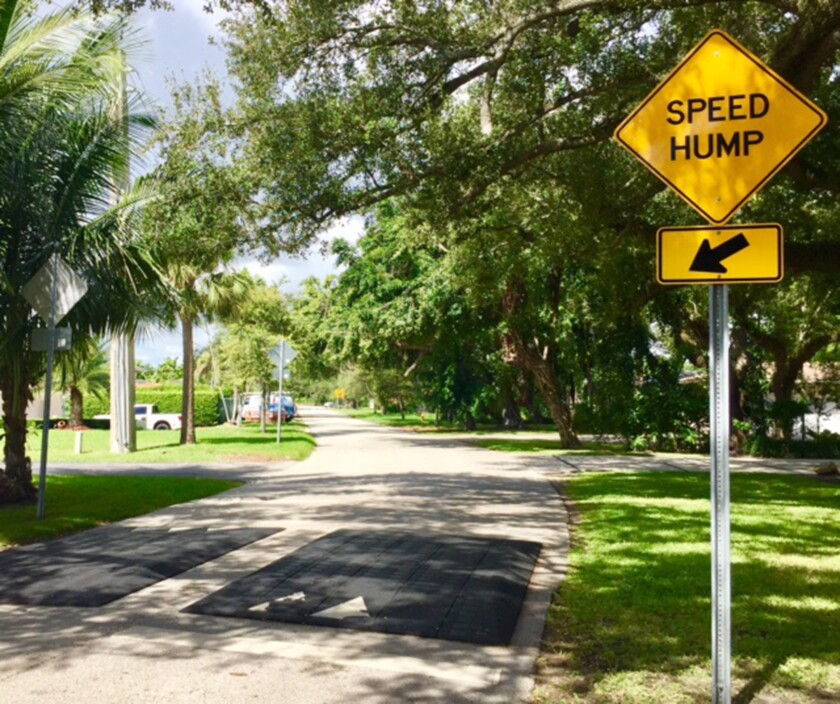In Brief:
Two years after the passage of the Infrastructure Investment and Jobs Act, federal funding for transportation and infrastructure is flowing more freely than it has in ages.
In the last three months, the U.S. Department of Transportation (USDOT) has awarded hundreds of millions of dollars to help replace agingpassengerrailway cars, improve railroad tracks and crossings, upgrade port infrastructure, fix roads and bridges, and repair dozens of fish culverts, among other investments. It’s still too soon to know how much the infrastructure bill will ultimately alter the U.S. transportation system or contribute to efforts to slow global warming, but for the first time in years, cities and counties are receiving millions in direct funding from the federal government to make local improvements.
Some of the awards will help cities make their streets safer. At the end of October, USDOT announced $82 million in planning and demonstration grants for 235 localities through the Safe Streets and Roads for All program. Aimed at reducing injuries and deaths on roadways, the program directly funds cities, counties, metropolitan planning organizations and tribal governments — rather than passing through state departments of transportation first. Some local leaders say they’re scrambling to apply for every bit of funding they can to support street improvements, not knowing how long it will be before the tap is turned off again.
Testing New Design Methods in Baltimore
The grants announced in October range in size from less than $100,000 to nearly $10 million. Focused on helping cities develop safety action plans and carry out quick-build demonstration projects, the grants were awarded to places as small as Whittier, Alaska (population 272), and as large as San Diego County.
“One of the major issues that we have in evaluating our infrastructure is just a dearth of data,” Rose says. “This action plan is really all about getting ourselves better data sources.”
It’s Baltimore’s second grant from the Safe Streets and Roads for All program. Last year it won a $1 million grant to develop its action plan as well. The much bigger pot of money in the program is for implementation — USDOT gave out $800 million in implementation grants earlier this year — but Rose says it wasn’t clear that the city could make a competitive application for those grants. Instead it’s using the planning and demonstration grants to build the foundation for more competitive applications in the future.
The city will also use the grant to experiment with new ways of doing planning and community engagement. Typically street-safety interventions involve lots of upfront meetings to describe potential changes to the community and get a sense of how much support they might have. In this case, the city will design and implement “quick-build” projects, using temporary materials installed for periods of about three months, to determine how well they function. It will hire a “street team” to engage with people who are interacting with the redesigned streets and educate them on why they’ve been changed, Rose says. Those temporary projects will inform the design of more lasting changes.
“It acts as a test bed for ideas that can be modified as necessary,” says Stuart Sirota, deputy director and chief of policy at the Baltimore City Department of Transportation.
None of the work would be possible without the federal grants, Sirota and Rose say.
Multiple Chances to Apply
Somerville, Mass., is one of the densest small cities in the U.S., and it regularly ranks high on lists of walkable and bikeable communities. The city has an ambitious plan to install many more miles of protected bike lanes over the coming years. It applied last year for a Safe Streets for All implementation grant and didn’t win, says Brad Rawson, the city’s mobility director. But USDOT staff have been uncommonly helpful in explaining why applications weren’t successful and how they were evaluated, Rawson says. It’s the first time that many communities are able to apply directly for federal funding.
“There’s a massive unmet demand and massive interest across the country,” Rawson says.
After missing out on the implementation grant, the city reapplied for, and won a $3,984,000 demonstration grant to expand its bike network. The city is still working on an implementation plan, but it’s hoping to build out 12 more miles of bike lanes over the next three years. It will be collecting data on collisions and compliance with traffic laws before and after the interventions to understand how successful the changes are. That kind of study will help communities outside of Somerville, too, Rawson says.
“It helps build the narrative that we as a society need to invest in infrastructure, and we need to make sure those investments are rooted in data,” he says.
Maria Tidwell, the code enforcement officer for Gladewater, Texas, applied for a Safe Streets grant to plan new sidewalks in her community. Before making her application, Tidwell went through a training “boot camp” run by the National League of Cities and Bloomberg Philanthropies, which are helping small cities navigate federal funding opportunities. Her application wasn’t included in the October grant announcement, but she’s hopeful it will be included in another announcement expected in December.
Tidwell said she wouldn’t be too surprised or discouraged if her first application doesn’t win a grant. She’d keep applying in future years, she says, because without federal support, there’s little chance of building new sidewalks in Gladewater.
“It’s critical for us,” Tidwell says. “We need the funding to do that.”












